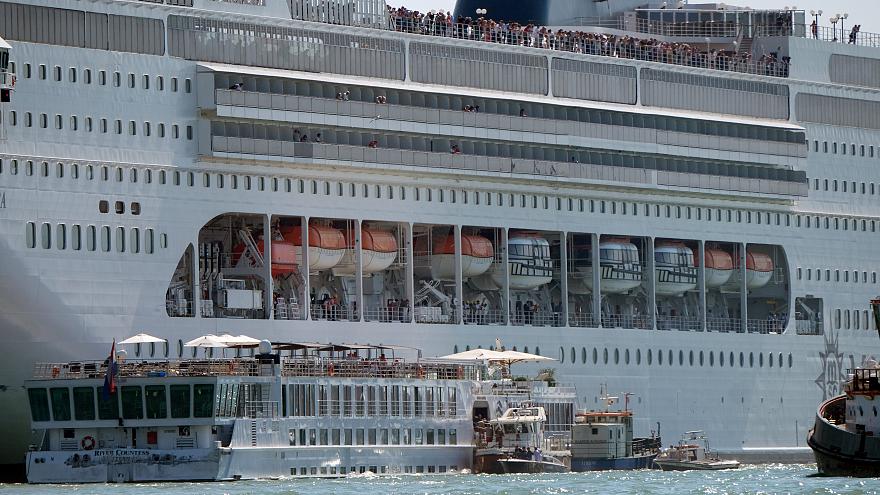New threat for Hawaii residents after volcano eruption: laze
First, it was lava that destroyed anything in its path, then it was sulfur dioxide that polluted the air. Now, Hawaii residents are facing a new serious threat after Kilauea’s volcanic eruption – lava and haze combined.
The Kilauea volcano erupted on May 3rd, but its deadly effects are far from being over. Dozens of houses were destroyed, numerous people died and even more were injured. Unfortunately, these numbers continue to increase, due to a new hazard – laze – that poses threat to the entire population in the region. Lava flows coming from Kilauea
and reaching the Pacific Ocean could result in another threat – clouds of acid fumes, that also contain glass-like particles and steam, authorities said. All these combined could be extremely dangerous to Hawaii residents.
Hawaii civil defense authorities said that it would be better for any beachgoer, motorist or boater to avoid getting close to places where the lava and the ocean meet because their health may be seriously affected.
Lava is extremely hot, it can reach up to 1,093 degrees Celsius (nearly 2,000 degrees Fahrenheit) and when it reaches the cool water in the ocean, it produces what scientists call the “laze” effect, which implies the appearance of hydrochloric acid steam that carries small glass particles and that pours into the air.
“Health hazards of laze include lung, eye and skin irritation. Be aware that the laze plume travels with the wind and can change direction without warning,” the authorities said.
Worth mentioning is that Highway 137, that connects Pohoiki Road and Kamaili Road is closed since Sunday, due to the fact that two lava flows reached the ocean in the region.
The authorities are monitoring the activity on the island, including the 20+ fissures that have opened since the eruption of the volcano at the beginning of this month. Additionally, over 2,000 residents were evacuated.
An air quality test performed in the region of Kona, which is located about 64 km (40 miles) northwest of the site of the eruption, revealed that the index was at “orange” level. This means that people who suffer from lung problems and older people have higher chances to be affected if they went outside.
However, this has not affected the tourism in the region, or at least not yet. Airports on the island remain open and tourists are still coming to Hawaii.







